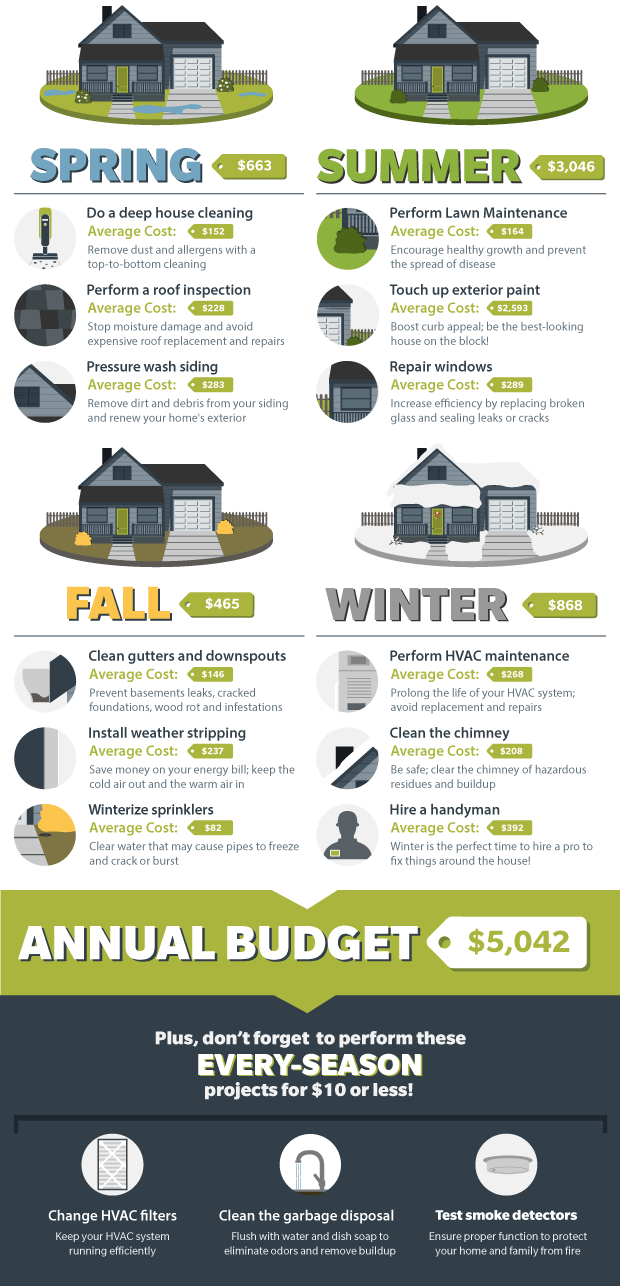Stopping Working To Resolve Roof Ventilation Might Trigger Considerable Damages; Explore The Essential Elements That Contribute To A Successful Installation And Safeguard Your Monetary Dedication.
Stopping Working To Resolve Roof Ventilation Might Trigger Considerable Damages; Explore The Essential Elements That Contribute To A Successful Installation And Safeguard Your Monetary Dedication.
Blog Article
Created By-Kock copyright
When you're dealing with a roofing project, you might not think much about roof air flow, however it's even more important than you realize. Efficient air flow assists regulate temperature level and dampness in your attic room, protecting against issues like mold and mildew and structural damage. By recognizing how to make and set up linked here balanced air flow system, you can improve power performance and prolong the life expectancy of your roof products. So, what are the key variables to consider throughout setup that can make all the distinction?
Importance of Roof Covering Air Flow
Roofing air flow plays a crucial role in keeping the overall health of your home. By allowing fresh air to flow with your attic, it assists manage temperature and moisture levels. This balance is necessary to protect against heat buildup throughout hot months, which can lead to raised power expenses as your air conditioning burns the midnight oil.
Furthermore, proper air flow substantially minimizes the threat of moisture-related concerns like mold and mildew. If moisture levels increase, your home's structural integrity can be endangered, bring about expensive repair work. You would not intend to handle decaying timber or distorted roof materials, right?
Furthermore, appropriate ventilation prolongs the life-span of your roof. When heat and wetness are kept in check, your roof can carry out optimally, preventing early deterioration. This suggests fewer migraines and expenditures down the line.
How Roofing Air Flow Functions
Efficient roof covering air flow depends on the all-natural activity of air to produce an equilibrium between intake and exhaust. When https://roofingtiles16050.blogsuperapp.com/33779080/how-dramatically-can-environment-friendly-roof-remedies-reduced-your-prices-and-improve-the-total-worth-of-your-building set up vents, you're basically allowing fresh air to enter your attic room while allowing hot, stale air to run away. This procedure helps control temperature level and moisture levels, preventing concerns like mold growth and roofing system damage.
Intake vents, typically discovered at the eaves, attract cool air from outdoors. On the other hand, exhaust vents, located near the ridge of the roofing, allow hot air rise and departure. The distinction in temperature creates an all-natural airflow, known as the stack effect. As warm air increases, it develops a vacuum that pulls in cooler air from the reduced vents.
To maximize this system, you require to make sure that the consumption and exhaust vents are correctly sized and placed. If roofing company san antonio, texas is restricted, you will not attain the wanted ventilation.
Likewise, inadequate exhaust can trap heat and wetness, causing potential damages.
Key Installation Considerations
When mounting roofing air flow, numerous essential factors to consider can make or break your system's efficiency. First, you need to analyze your roof covering's design. The pitch, shape, and materials all influence air movement and ventilation choice. Ensure to choose vents that fit your roof type and neighborhood environment conditions.
Next, take into consideration the positioning of your vents. Preferably, you'll desire a well balanced system with intake and exhaust vents placed for optimal air movement. Area intake vents short on the roof covering and exhaust vents near the peak to urge a natural flow of air. This configuration aids protect against wetness accumulation and promotes power efficiency.
Don't forget about insulation. Appropriate insulation in your attic avoids warm from getting away and keeps your home comfy. Ensure that insulation doesn't obstruct your vents, as this can prevent airflow.
Last but not least, think of upkeep. Select air flow systems that are very easy to accessibility for cleaning and examination. Regular upkeep ensures your system remains to operate effectively in time.
Final thought
To conclude, roofing system ventilation is necessary for a successful setup. By guaranteeing correct air flow, you can prevent warm build-up and dampness problems that bring about costly damages. When you tactically position intake and exhaust vents, you improve power performance and extend the life expectancy of your roof. Remember, a well-ventilated roofing system not just shields your financial investment yet likewise improves your indoor air top quality. So, focus on ventilation to make sure a resilient and affordable roof for your home.
